Oh no! It seems Apple is "years behind" competitors in Virtual Reality, TV content subscriptions, self driving cars and home voice assistants. That's a clear sign the company may be studying the market like a cat about to pounce on its target, just as it did with iPhone, iPad, Apple Watch and AirPods. There is a solid decade of evidence that, for Apple, being behind is a competitive advantage.
It seems hard to argue that Apple isn't behind. It has no Virtual Reality products like Samsung's Gear VR, Google's Cardboard Daydream and Facebook's Oculus. No library of subscription TV content like Netflix or Amazon Prime. No electric car strategy circulating like Google, Tesla or Faraday Future. And Apple's Siri appears to be behind Alexa and Google in the race to dribble out a few million cloud-based, voice surveillance appliances aimed at home installation.
Lots of brands have fallen behind in the markets they once mattered in and ended up unable to ever catch up again. Prime examples are Sony, Palm, Nokia, Windows Phone and Windows Tablet PC, Blackberry, Google Maps and FitBit.
The common thread among these isn't evidence that Apple "could be next." The common thread was that Apple entered their markets and crushed them.
Is Apple the next Apple?
Recall last year's punditry cycle of "is Apple the next Blackberry?" In that pinnacle of fallacious logic, the fact that Blackberry (nee RIM) could dramatically fall from its massively successful perch was evidence that Apple could too, sort of like how Nancy Kerrigan was evidence that Tonya Harding could be attacked, because she too was a figure skater.
Or for a less obscure reference, does FitBit's massive decline in smartwatch shipments present evidence that Apple Watch might be next? Who knows, really!? Cause and effect are so difficult to connect together in a relationship. /s.
It's actually quite easy to see the relationship between death and killer when you have a series of bodies each marked with a telltale mark of the same assassin. That would be evidence that vulnerable targets should be on the lookout for flying bullets, not evidence that a sniper is probably about to fall from his perch because it's apparently dangerous to be outside.
A decade of Apple being crazy behind— like a fox!
I've been writing about Apple for more than a decade. So looking back, the broken record of observations that Apple is being "passed up by True Innovators who are years ahead" leaps out as evidence of a clear misunderstanding of what is actually happening in the tech sector, and why.
Examine a decade of history recounting the various companies leisurely crossing the tracks just ahead of the Apple Train, while the media cheered them on as being avant-garde rather than fated for death. Consider why their celebrated efforts to crush Apple with various "iPhone-killers" failed. Note: because this game involves capitalist enterprise, points are awarded in dollars rather than pats-on-the-back or participation trophies.
MP3 Phone
2007: A year prior to Peak iPod, Microsoft announced its own Zune to much fanfare as the "iPod-killer," just as pundits began imagining in parallel that phones playing MP3s would kill Apple's iPod empire. Everything seemed so dire for Apple. Zune could do wireless WiFi sync and MP3-playing feature phones appeared to cost much less than an iPod!
However, that year Apple introduced iPhone. Steve Jobs described it as "a widescreen iPod" in addition to a phone and "breakthrough internet device". Zune staggered along like a zombie until it was terminated while basic phones playing MP3s were blown away by Apple's "iPod phone" with a real web browser.
Incredibly, we also had proof collected by PR firm ABI that given a contrived survey, many participants exposed to slanted marketing would agree that they might actually buy a Zune. But headlines aren't facts, and Zune lost miserably. The feature phone industry did too, despite its "overwhelming global market share of units shipped." Apple also overcame being clearly behind in smartphones— which had been around for half a decade by the time Apple showed up. And it was just getting started.
App Store
2008: Before iPhone even went on sale, the same ABI group that had previously insisted Zunes were 'potentially capable of selling' next announced that Apple's new iPhone "wasn't a smartphone" because it didn't run third party apps like "real platforms" such as Windows Mobile, Palm, BlackBerry, Symbian, Flash Lite and Java ME.
ABI analyst Philip Solis explained, "We must conclude at this point that, based on our current definition, the iPhone is not a smartphone, but rather a high-end feature phone."
In the spring of 2008, Apple launched the App Store, and developers jumped to join. By mid-2009, iPhone had outsold Windows Mobile globally. Nothing since has caught up to the profitable success of the iOS App Store. Mobile software markets for those other "real platforms" died off really quickly.
While pundits desperately tried to vilify Apple's App Store as a terrible Walled Garden where developers were forced to sign their apps and pay $99 (!) a year and contribute 30 percent of their revenues to support the store's infrastructure, the reality was that mobile developers had been paying tens of thousands of dollars for rights to make basic mobile apps for platforms like Symbian, while most other platforms offered zero effective security at all, enabling malware authors to colonize a festering "toxic hellstew" of mobile sewage. This is so obvious that in hindsight it's crazy why so many people lied about what was going on.
IM
2009: Blackberry was supposed to keep Apple out of government and corporate enterprise due to the "Crackberry" allure of its centralized Blackberry Enterprise Server messaging platform. Meanwhile, Apple didn't even support MMS photo messaging with other smartphones!
In iOS 3, Apple replaced iPhone's basic Text app with Messages, enabling MMS picture messaging as well as basic SMS. iOS 5 bridged Mac and iPad instant messaging with SMS and encrypted all communications, effectively making IM free and erasing much of the value of services like BES. Coincidentally, BES also suffered a series of service embarrassing blackouts. A leader dropped the ball just as Apple was poised to run with it.
Today, iMessage has become one of the largest messaging platforms. It distinguishes Apple users with blue bubbles, highlighting that conversations are encrypted (and SMS chats with Android users are not).
Last year, Apple introduced an apps platform for iOS 10 that integrates iMessage with utilities, games, message effects and Stickers, borrowing from other popular standalone chat platforms. This year, it may integrate Siri into iMessage for assisted chat. Blackberry barely even exists. So much for being behind.
Notifications
2010: Apple was woefully behind webOS (remember that?) in the emerging arena of Notifications. Android was also floating support for local app and remote push notifications organized in a single log of events. iOS didn't have any of that.
Apple introduced Mobile Me with the unreliable sloppiness of a Google beta launch, earning much finger wagging. It then hired away key webOS developer Rich Dellinger to create Notification Center and built a robust, secure Push Notifications System integrated with Mobile Me (renamed iCloud) to build a powerful messaging and rich app notification system.
In iOS 10, notifications can even serve as payloads for video clips, such as when a HomeKit camera alerts you that you have a delivery person at the door.
Google also comes up with new ideas for Android, but these frequently wither on the vine because it takes a year for even a tenth of the installed base to get moved to a major new release, and multiple years for an Android version to represent the majority of devices. This problem began in 2010 but has only gotten worse every year since, despite ineffectual attempts at addressing this huge delay in deployment.
NFC vs BT
2011: Google floated another feature Apple lacked for several years: Near Field Communications, or NFC, used in Google Wallet contactless payments. Google was supposed to rule in this arena, but Wallet failed to ever gain much traction, despite efforts to build out NFC payment infrastructure. Apple didn't have NFC because it was so behind.
What Apple did instead was rapidly introduce Bluetooth 4 (starting with iPhone 4s) and build out a platform of near-proximity wireless integration between iOS devices, Macs and Apple Watch that was later branded as Continuity. Prior to launching Apple Pay, the company also lined up the dots for Touch ID, building security right into the design of its products.
Apple didn't introduce Apple Pay until 2014, at least three years behind Wallet. However, the effort Apple put into building foundational support, and its prescience in supporting the much faster Bluetooth 4 rather than NFC for nearby connectivity, launched Apple far ahead of Google in both support for modern Bluetooth and in NFC payments, despite (or perhaps, because of) not being first to rush a loose payment concept to market.
That same year Apple also launched Siri, while the heads of Google and Microsoft both publicly scoffed at the idea of voice assistants on a mobile device. That changed as Siri clearly helped to sell new iPhones. Since then, a narrative that Apple isn't advancing Siri fast enough has emerged, implying Apple is again behind and, of course, won't be able to catch up.
For everyone thinking Apple isn't getting usage data to make Siri smarter, Siri is by far the most used voice assistant than any out there.
— Ben Bajarin (@BenBajarin) June 3, 2016
Today, even though the media is infatuated with Amazon's Alexa— and its innovative new "landline telephone paired with a stationary television"— Apple continues to dominate the global market for voice assistance in terms of millions of users, device penetration, international language support, and in use on mobile devices people actually carry around and use.
Plus-sized Phones
2012 Samsung had just debuted its "phablet" Galaxy Note, sporting a big screen larger than 5 inches and a tablet-like stylus. Apple's iPhone had been a much smaller 3.5 inches since birth, and by the end of 2012 the biggest phone Apple could offer was 4 inches— albeit just as narrow with a taller profile to make it easier to hold with one hand. Samsung was already selling a "regular sized" Galaxy SIII flagship that was 4.3 inches, significantly larger and wider than iPhone 5/5s/5c. Apple was so behind!Samsung's Note convergence play combined Apple's two massively profitable markets into one moderately-successful one, and this was hailed as genius
For the next two full years, Apple had nothing like Samsung's increasingly popular "phablet," which was like a tablet and a phone in one box. Apple was forced to sell its customers two boxes: a small iPhone and an iPad. Apple also took efforts to clearly distinguish its small iOS phone platform from its larger tablet size, resulting in two markets for apps: one for iPhone and the other optimized for iPad. Samsung's Note convergence play combined Apple's two massively profitable markets into one moderately-successful one, and this was hailed as genius.
Samsung's phones just kept getting bigger, both in the Note-phablet category (growing by a quarter inch each year!) and its standard Galaxy S line (which even more rapidly grew into phablet proportions itself). Apple was stuck selling scores of millions of small iPhones (far greater than Samsung's Note and S lines combined) and tens of millions of iPads (while Samsung was struggling to give away its tablets with the purchase of almost anything).
All this time, Apple "fell behind" Samsung, perpetually losing out in metrics such as market share, units shipped and numbers of enthusiastic think-pieces about how Samsung was dominating a market in virtually every respect apart from profitability, where it was distantly behind. This is like watching a team lose a ballgame, but be congratulated on their hard work: their ball-time possession statistics, their score attempts and the fact that they decorated the stadium and made the uniforms for both teams. Wait, which team lost again? It's hard to say really. Points scored isn't the only way of measuring success in pro sports, is it?
Apple did eventually deliver larger iPhones with the 6 and 6 Plus in 2014, about three years after Samsung debuted the Note. As soon as it did, sales of Galaxy phablets flatlined, never again growing past the Galaxy S4 peak even though Samsung's screen sizes kept climbing. Profits fell from "less than Apple" to "devastated."
Meanwhile, Apple's larger iPhones hit a new sales platform twice as high as its previous 4 inch iPhone 5 models, and it has maintained this for the last three years while incrementally increasing Average Selling Prices and selling increasingly more apps, Music and other Services to its vast installed base of luxury phone buyers.
Somehow, despite Samsung's reported, ostensible "recovery" and its resumption of "size innovations" (including a new phone with a screen that's larger, but just as narrow with a taller profile to make it easier to hold with one hand— what a great idea!), Apple continues to perform better financially while Samsung Mobile profits have declined each year.
Modern UI
2013 Prior to launching iPhone 6, Apple's iOS 6 was being framed as looking old and boring, particularly in comparison to Android, but there was also a handful of pundits holding up Windows Phone and describing how innovative it was to replace developer branded app icons with animated boxes of brightly colored squares in Live Tiles. Innovation literally means "new," so a scoring system counting the number of arbitrary changes introduced should win this smartphone game, right?
In addition to looking old, iOS 6 had also kicked out Google Maps, replacing it with native Apple Maps data that was distantly behind Google in search as well as correctly labeled points of interest. On top, Apple was also struggling to get developers to adopt its iCloud service for backup and sync, but early implementation flaws were frustrating app developers to the point of making it unusable. Apple's concept of a cloud didn't even expose a file system! Apple was so behind in looks, maps and in cloud that it seemed it could never catch up to Google. Android was winning.
However, that year in iOS 7 Apple introduced a clean new "deference" interface that radically updated the look and feel of not just the new iPhone 5s, but iPhones dating back to the three year old iPhone 4. What Apple at the time called "the fastest software upgrade in history" gave the modern-looking iOS 7 a massive installed base, causing developers to rush to update their own apps to look fresh and modern, too.
Meanwhile, any new ideas in Android Land or at Microsoft could only hope to dribble out on sales of new phones, because why would anyone waste their time fixing software on phones that had already been sold? After dumping legacy Windows Mobile phones, Microsoft actually did begin copying Apple's aggressive software updates, but by then its installed base of WP7 phones was so small that it didn't really matter.
Alongside its fresh new iOS 7 platform look, Apple also pushed out an internally developed 64-bit A7 chip with a Secure Enclave supporting Touch ID fingerprint recognition for easy unlocking, to guarantee the use of a passcode, enabling full device encryption and securing the device for Activation Lock to foil thieves. With iPhone 5s, Apple outlined the future of security and authentication, changing our ideas of what privacy could be while frustrating the FBI, Russian spies and phone thieves. Since then, every other phone maker has worked to copy Apple's security model. With iPhone 5s, Apple outlined the future of security and authentication, changing our ideas of what privacy could be while frustrating the FBI, Russian spies and phone thieves
Google had been mostly working on fresh looks in Android, so it was suddenly caught blindsided by iOS in areas including support for 64-bit processors, hardware security, fingerprint support, encryption, and other things that don't matter to techie writers who preferred what Android looked like compared to iOS 6.
When Samsung and HTC attempted to catch up to Apple in fingerprint sensors on their new phones in 2014, Google hadn't added fingerprint support in Android so hardware makers slopped together their own, using laughably insecure implementations that copied users' fingerprint data unencrypted into the phones' readily accessible file system.
Even two years later, no Android phones were fast enough to perform full disk encryption in software (as Google didn't support hardware encryption), so users rarely turned encryption on. Good thing, because FDE security on Android was also broken.
Qualcomm first denigrated Apple's 64-bit A7 as a "marketing gimmick," then belatedly scrambled to catch up with its own slower chips that didn't work well and overheated, handing Android makers a defective high-end CPU just as Apple shifted into high gear in performance and efficiency metrics. The other thing Apple was ahead in was profits. It was earning more than the rest of the smartphone industry combined. Not bad, for being so far behind.
Despite initial flaws, Apple Maps rapidly began displacing Google Maps on iOS. It also enabled Apple to launch CarPlay (centered around Maps navigation) a year ahead of Google's own automotive support for Android. Suddenly Google's solid 7 year lead in mapping didn't seem to be helping the company at all. Apple's being behind again looks like an advantage more than a detriment. It is as if Apple gives everyone else an opportunity to fail to set a baseline for it to exceed.
Wearables
2014 Just before being blindsided by iPhone 6, Samsung rushed to introduce proof that it was the True Innovator, ahead of Apple in a key new segment: wearables. It had launched its first modern smartwatch at the end of 2013, with such great ideas as a less than half-VGA resolution video camera.
Google rushed out Android Wear in 2014, citing support from over a dozen industry players including its own newly jettisoned hardware subsidiary Motorola. Pebble had introduced a crowdfunded smartwatch starting in 2012, and FitBit, Asus, Sony, Qualcomm and LG were also building smartwatches, with more planned from luxury watch makers. It was like the smartphone market in 2006: how could Apple possibly expect to "just walk in" after falling so far behind?
At the end of 2014 it walked Apple Watch in alongside its most anticipated new iPhone ever— with premium, expensive versions that climbed up toward $15,000 for a solid gold Edition. Rather than sporting a pixelated camera, Apple focused on notifications (remember when Apple was behind in notifications?), messaging (remember when?) and fitness. Apple Watch sales eviscerated Samsung and gutted not only the smartwatch industry at large but also froze growth in high-end watch sales as well.
Again a pattern emerges that "being years behind" appears to be a competitive advantage for Apple. Meanwhile, all this time Apple was consistently increasing cash flow, building global production infrastructure and investing in the next areas it was "behind in."
Detachables
2015 While Android's various first-mover advantages evaporated, Microsoft began to gain attention for Surface Pro, which supposedly invented pairing a hardware keyboard with a tablet. Microsoft was slipping behind Apple so rapidly in mobile devices that it needed to demonstrate that it was the True Innovator in releasing a new Surface Book and another Surface Pro, both of which were neither tablets nor notebooks but rather a new made-up category of Detachables, evading direct comparisons with Apple's far-behind MacBooks and iPads, neither of which Detached.
How could Apple ever catch up in Detachables? Apple was stuck earning about $12 billion per quarter from iPads and Macs, while Microsoft was leading Detachables with about $815 million per quarter of Detachables. If you don't like the rules of the game, introduce your own playing field and play with yourself. You get all the points!
Having built Detachables since introducing Surface RT back in 2012, it seemed there was no way Apple could just walk in and take Detachables the way it had taken MP3 players, phones, apps, messaging, maps, encryption, mobile Application Processors and watches.
That fall Apple introduced iPad Pro, which immediately outsold all Surface sales, meaning it now also dominated Detachables because iPad Pro is indeed sold with a keyboard that can be removed.
It's like when you're winning playing a game by yourself and somebody walks in and plays you and beats you soundly. But Microsoft can't really even get mad about it because that's just how karma works.
iPad Pro is also sold without a keyboard, because it's an iPad and "Detachables" isn't actually a real word nor a significant or credible market segment. It's an invention to flatter Microsoft. It didn't appreciably help.
Since 2015, Surface sales haven't grown. Apple's iPad unit sales haven't either, but they have shifted from low-end sales to higher ASPs, thanks to Pro sales. Microsoft is still earning around $815 million per quarter from Surface while Apple just earned $9.7 billion in Q2 from its non-iPhone computers. Apple's computer sales are also bucking the failing trend among PC makers.
But rather than being coddled into its own Surface Success Fantasy by industry research outfits inventing a new "category of computing" playing field where players can be successful just by participating, Apple's computer sales (and in particular its iPad sales) are frequently compared against the most successful tech business ever: Apple's iPhone. Compared to iPhone, everything else Apple does is behind!
That's how Apple Watch decisively won in watches, but ended up denigrated as a failure because as we all know, Apple isn't competing against other smartwatches, it's trying to beat the iPhone.
The tech media laughs at Apple for tying its shoes because it can't outrun the bear. But it's not trying to outrun the bear. It owns the bear. It's trying to outrun everyone else still putting their shoes on as iPhone bear runs around eating everyone.
It's popular to say that Apple is "behind" in smartwatches because it isn't offering 4G mobile connectivity that could replace your phone with a watch— as some other smartwatches attempt to do. The same people who are advising that Apple cannibalize its iPhone sales to less expensive Watches also seem to think that its a bad thing that Apple isn't still selling more iPads instead of higher-ASP, big screen iPhones. It's almost as if the only way Apple can be successful is if it makes less money.
Wearables, part 2
2016 Samsung rang in the year with a Galaxy Gear-like spectacular, albeit one that played down smartwatches to instead focus on how ahead-of-Apple it was in smartphone Virtual Reality. The new Gear VR headset was a collaboration with Facebook's Oculus, and served as a key strategy for upselling Samsung phone buyers to its premium Galaxy S6 and S7 models. Apple offered nothing like this! Another important way Samsung was ahead last spring: water resistance.
Samsung was clearly ahead of Apple in delivering those features, just as it was previously ahead in selling smartphones, in phone cameras, in NFC, in phablets and in smartwatches. It isn't ahead in those areas anymore, however. And by the end of 2016, Samsung phones had failed two major water resistance tests and Apple had introduced its own water resistant iPhone 7.
Originally intended to make a big VR splash— and distract some holiday season attention away from iPhone 7— Samsung's VR-phablet Note 7 instead imploded as bad QA resulted in battery failures causing fires and an embarrassing recall. Samsung had to cancel the entire production for an incredible $5 billion loss and Oculus remotely disabled their Gear VR headsets so that nobody could even try to use them.
Rather than cementing Samsung's "aheadedness," VR turned out to be the biggest loser of 2016. Instead, the most popular and critically acclaimed new wearable turned out to be Apple's AirPods, an effort to deliver perfected wireless sound with a voice based, audio Augmented Reality. In a sort of double sting, AirPods also work with Apple Watch, giving Apple two major wins in wearables compared to two painful bellyflops from Samsung.
Where is Apple behind in 2017?
Microsoft just finished Build, and Google is set to outline what it's been working on at its IO conference in the second half of next week. After that we get two weeks to contemplate what Apple will be showing off at WWDC in the first week of June. We'll be looking for areas where Apple may be behind its rivals.
It's getting harder to find them.
 Daniel Eran Dilger
Daniel Eran Dilger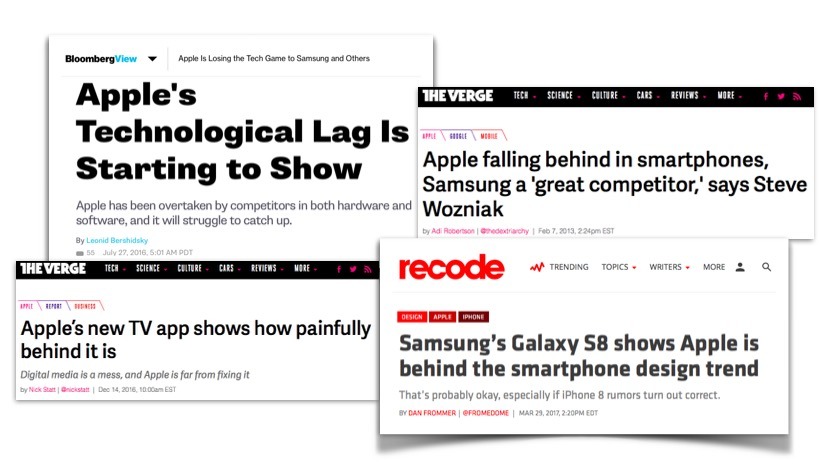

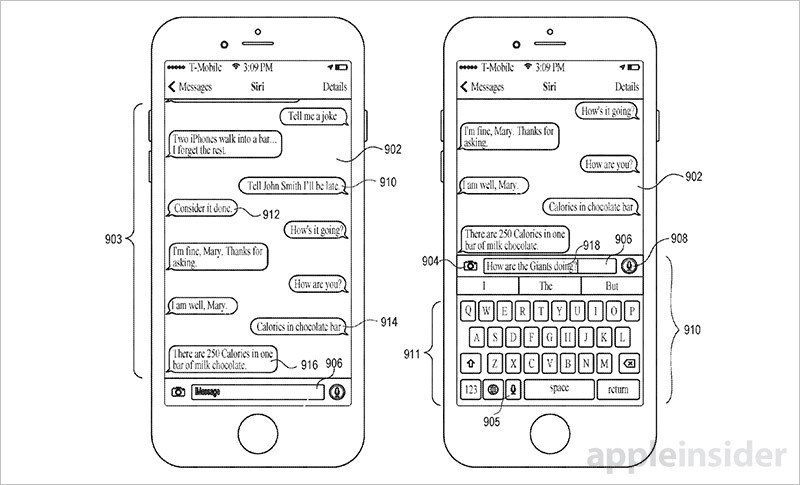
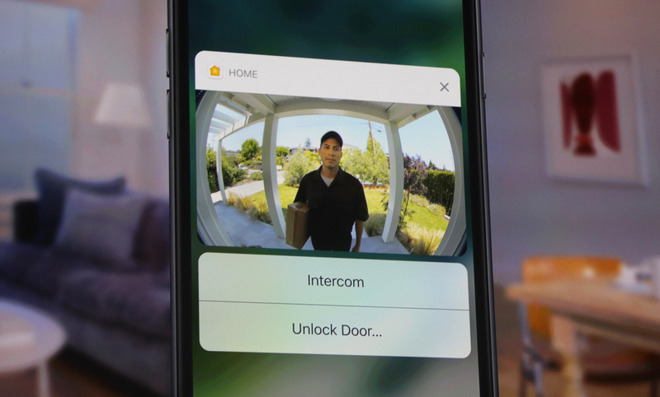
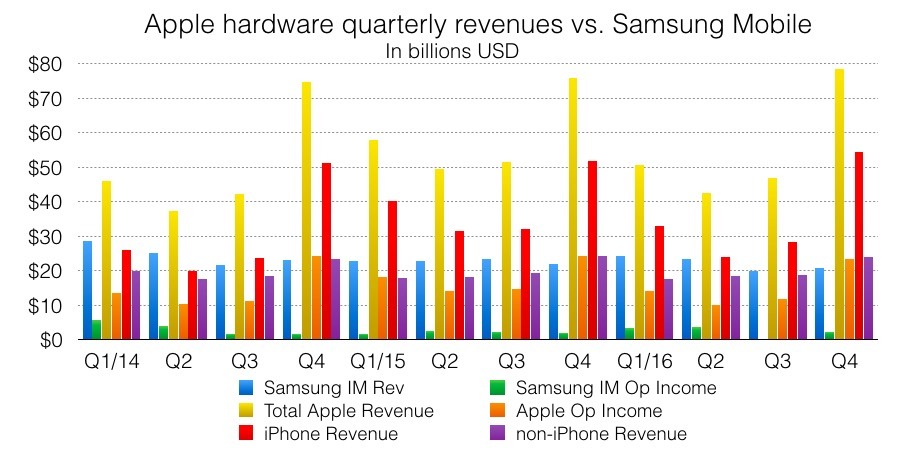
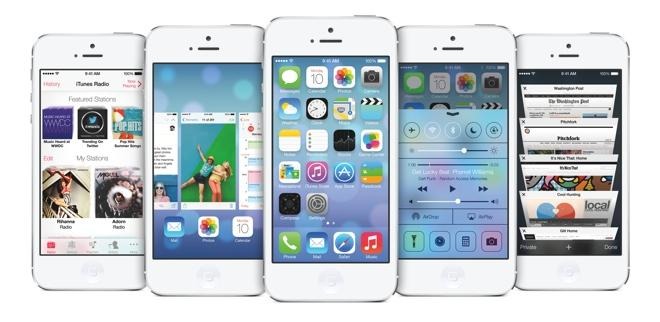
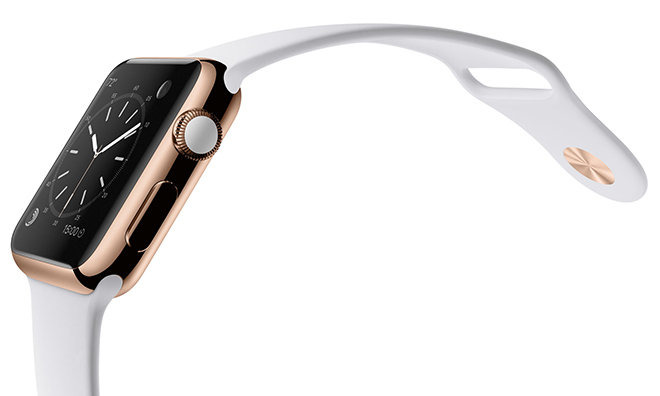
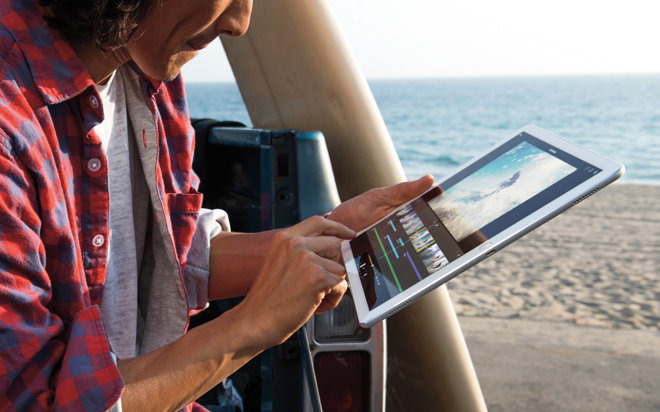
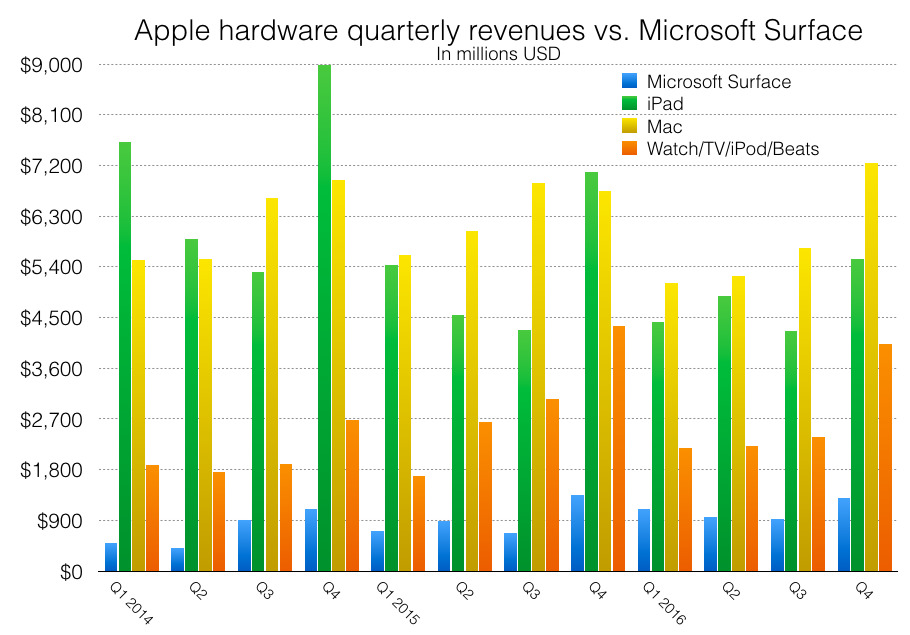
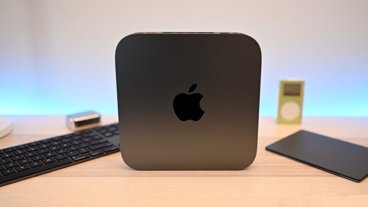
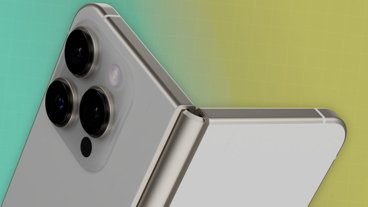
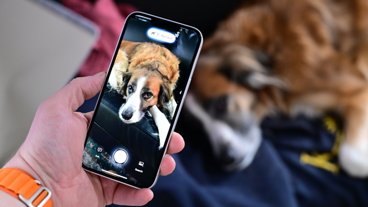

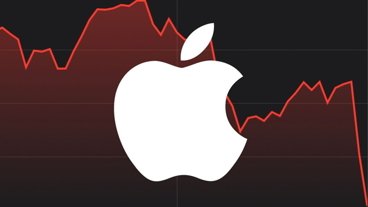


-m.jpg)






 Amber Neely
Amber Neely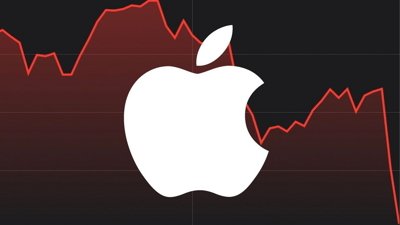
 Malcolm Owen
Malcolm Owen
 Andrew Orr
Andrew Orr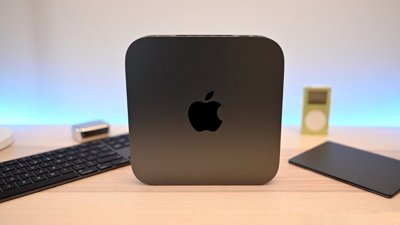
 William Gallagher
William Gallagher
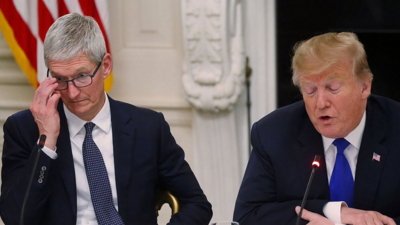
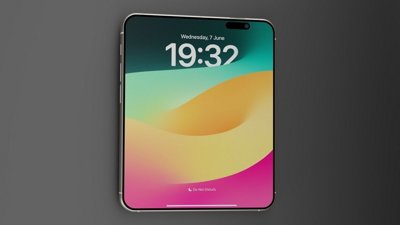

 Bon Adamson
Bon Adamson

-m.jpg)






96 Comments
wow, nice article...
its easy to forget what apple has done till now and what they have plans for the future as the media keeps showing apple is going down almost every day...
enjoyed reading this article.. thanks.
TL DR, who are you trying to convince here? Basically the article states that the last time Apple pushed out some significant innovation was in 2014. It's nearly mid 2017 now and still no sign of updated desktops. Apple is turning into a services company, but their margins strategy is still one for a hardware company with 100% control over the manufacturing. They're having a really hard time signing contracts with content producers or even just working outside the US. All fanboyism aside, this is going to bite them in the butt rather sooner than later.
Can't wait for WWDC. There's so many possibilities Apple could bring out plus ones we haven't even thought about.
As to Google IO, their two big announcements are actual fixes to long-standing problems in Android. One being a switch to iOS style multitasking (restricting background Apps) and the other is Treble (a way to reduce fragmentation and make updating devices easier).
Oh, and the new messaging system they're going to show off.